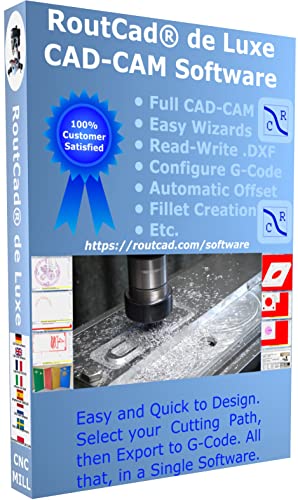I use food tins that have had pipes soft soldered in place. Always become a talking point and rarely negative. Tin plate will rust, but cared for they can last more than 20 years! Free and ecological?
I have a hidden passion for the Engineering of manufacture of tins, so as cheap material they get used a lot!
(plastic packaging is simply short-life.. less than 12 years!)
This boat has a flat grey-painted tin that originally contained mints.... at the LH end of the engine bay, used for condensate that is recycled to the boiler. I start with it half-full. Condensate with oil separates as the oil emulsion floats inside the tin, and warm water is pumped back into the boiler. I have had no issues of boiler water contamination - yet.

The boat also has the bottom of a gas tank (the dome off the bottom) that makes a container where the condensate from the concentric tube condenser (mounted along the keel) passes under the gas canister, to keep the canister warm, to prevent gas pressure from dropping (@ below 15 C). Only 20 years old, but tin plate with tin-lead soldered joints lasts quite well...
This feed-water tank TIN started life in 1995... It probably contained instant coffee, or cocoa powder originally?

The stainless steel cladding on the boiler started life in a domestic gas fire that was being scrapped...
This tin was made into a ceramic burner.... but only lasted 14 years before a rust hole allowed gas-air mix to escape so I found a new tin to replace it.

Bottom LH corner of this photo you can see the Spam tin. Dark green Paint has worn off showing original SPAM paintwork! It is a feed-water tank that also has a copper tube coil for condensate to pre-heat the feed-water. Only used "temporarily" for about 15 years or so...

Mums Dads and kids all enjoy working out what I have used, when they see these things in use on Show days. They may not understand the engines, boilers, etc. but they feel a bit connected when they recognise the tins!
I also use flat tins a lot for ceramic burners.
This was a biscuit tin.

This one had Greek food (Dolmades? Beans? Meatballs?)

A sardine tin:

A 2in square Mint tin:

I guess that's enough?
Maybe I should be called "Tin-pot Ken"? - Such useful items, accurately and well made, steel, plated for corrosion resistance, cheaper than copper... replaceable, recyclable material... and they come in a variety of sizes to suit many jobs. What more do you need?
K2















![DreamPlan Home Design and Landscaping Software Free for Windows [PC Download]](https://m.media-amazon.com/images/I/51kvZH2dVLL._SL500_.jpg)














































![MeshMagic 3D Free 3D Modeling Software [Download]](https://m.media-amazon.com/images/I/B1U+p8ewjGS._SL500_.png)







